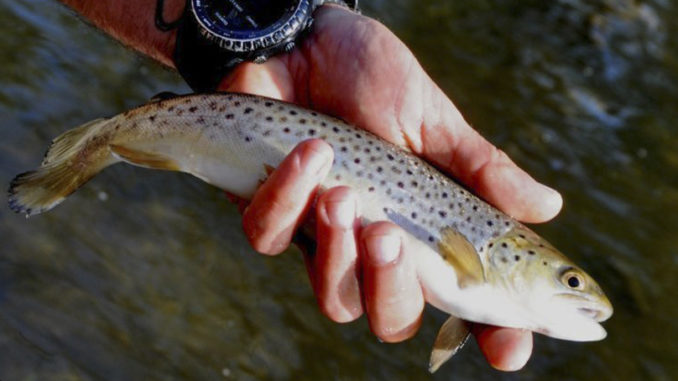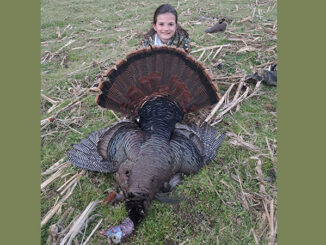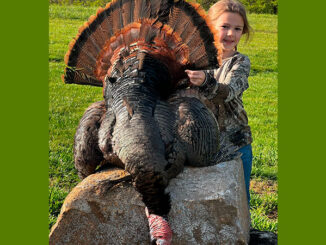
Observation goes a long way
After decades of observing and studying, Lance Milks of Greensboro is an encyclopedia of trout knowledge.
“I can pretty much tell when trout are getting ready to be active,” he said while fishing the East Prong Roaring River in Stone Mountain State Park.
“When I see trout in the middle (between a stream’s bottom and the surface) with their noses tilted up, they’re watching,” he said. “It means the bite’s about to begin.”
He also said changing barometric pressure affects trout feeding.
Don’t fret over lure color
“The best days to fish for trout are when the barometer drops, especially before a low-pressure front arrives,” Milks said. “I think high air pressure pushes down on the water and affects their swim bladders. But when there’s low pressure, they’re more likely to move and chase food.”
As for best color for flies, Milks has little concern.
“I don’t think color is that important to trout,” he said. “I believe sizes and silhouettes, especially on sunny days, are more important.”
A fly that resembles the outline and size of natural food sources trigger trout’s feeding instincts more than color, he said.
“I don’t think a trout wakes up and says, ‘I’m not gonna eat anything green today,’ ” said Milks, who admitted that bright colors may work better in dingy water because they’re easier to see.
“When I first start fishing, I try to match color with the stream bottom,” he said.




